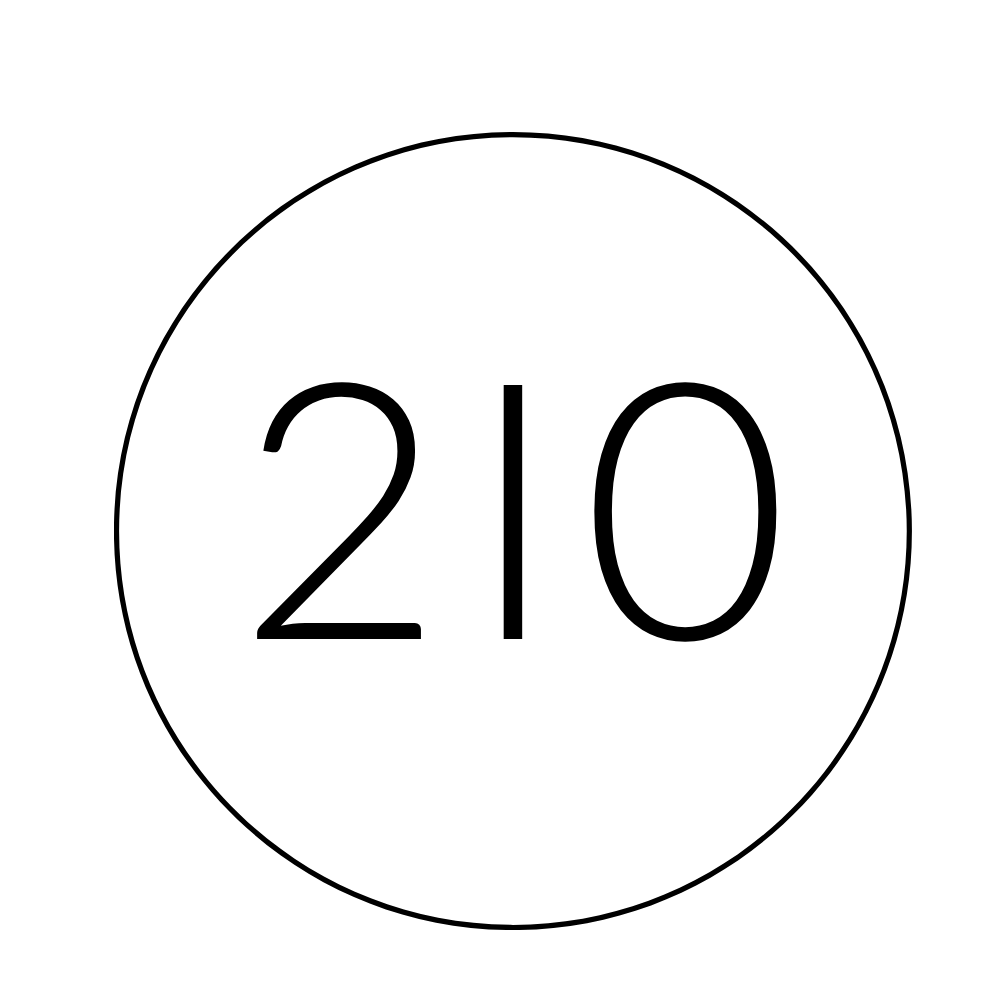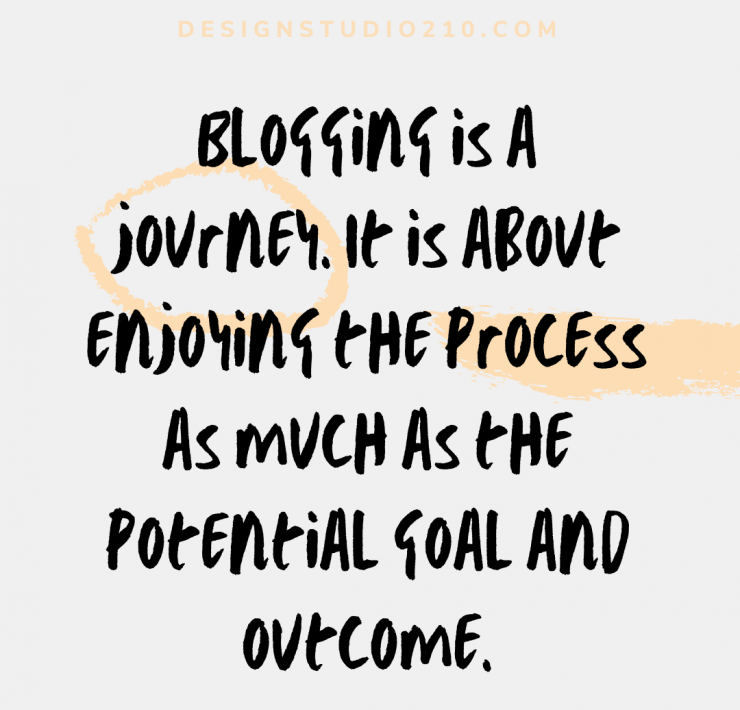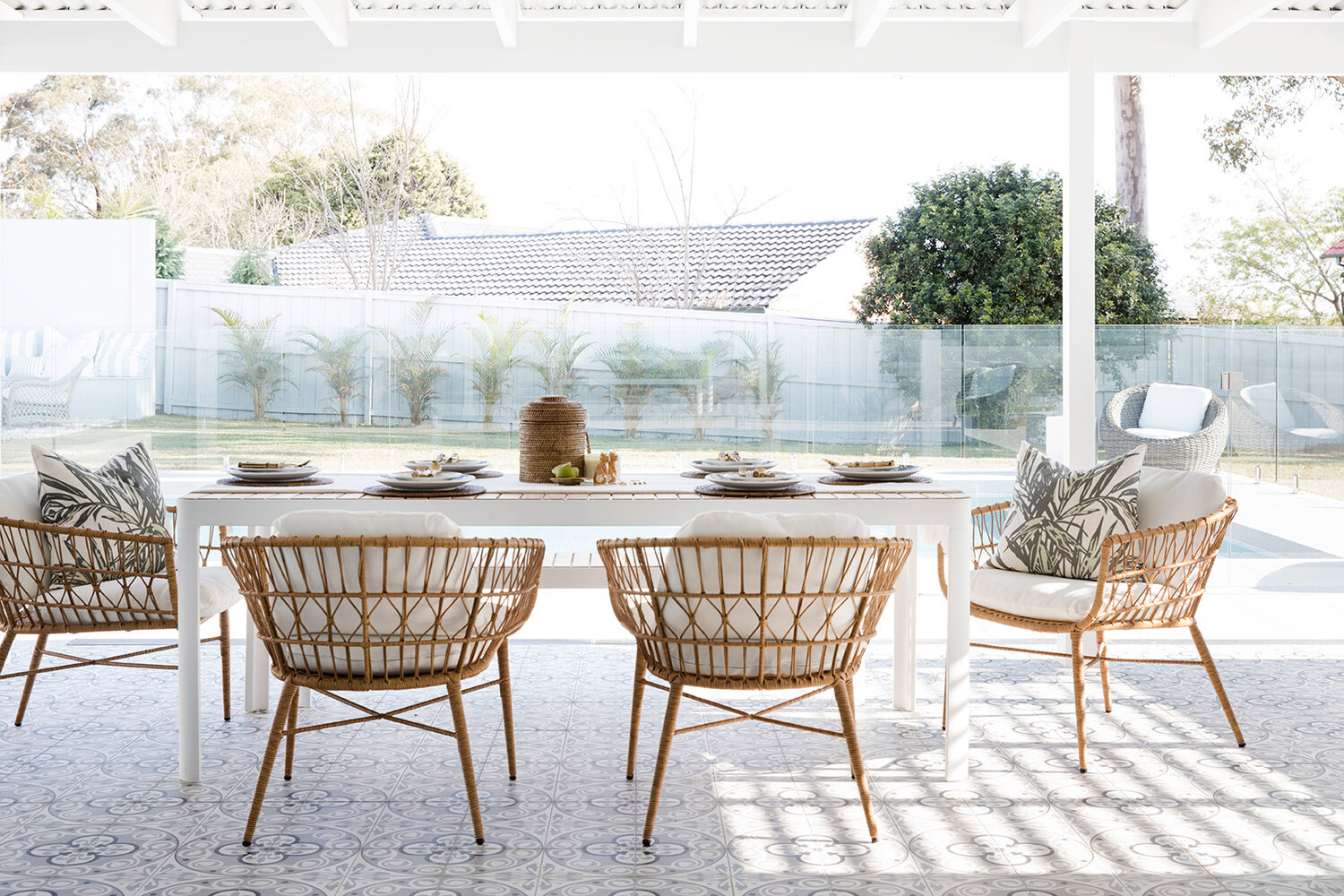
To keep on sharing our blogging experience I am here sharing some ideas on creating a how-to-guide.
How-to guides is a type of content that usually are composed of more extensive knowledge.
They stand out as being very informative content pieces. Usually, they consist of text, images and videos. All with an aim to support your reader to get information on how to complete a task to get a certain outcome.
If you are new to writing, I can relate that writing an extensive how-to-guide about home decor or design might be scary.
Take a deep breath! Grab your tea! And keep on reading…
To help you out I have below collected some tips and basic steps for creating your first content guide.

Planning Your How-to Guide
The first step of planning your guide should be about understanding your main goal with your guide. After this, each piece of content that is created should also have a clear purpose. It should be easy to see what the content provides and what you get from it.
Audience
In order to give you the audience the best piece of content, you have to understand who they are and what they need from you.

This information is available to you from your Google Analytics dashboard.
Understanding who consumes your media will mean that you can use the right language and tone to communicate with them.
Research
Do research online on the topic you want to write about and also read some tips on how to create guides. Just like my article here.
This type of research will help you layout your how-to guide and decide what elements should be included.
You should support your reader to get information on how to complete a task to get a certain outcome
Supporting Content
While you can find plenty of articles that will support what you are describing as you go, it is better to have your supporting links, images, and videos ready in advance. This will help you to find the right placement and enhance the flow of your guide.
If you will be describing a process, it is useful for you to take a fast screenshot of a selected area and include that. People learn easier when they are shown an image and then read the instructions too.
—– If you need some advice on how to get out of your writers block then check out my tips here.

Structuring Your How-to Guide
The structure of your how-to guide should make sense to the reader. Many how-to guides describe a process, and most processes have a starting point and an endpoint.
Visualize how the guide should look in your mind. It is important that you keep the language as simple as possible between all of the required terms.
Opening Paragraph
In your first 100-150 words, explain what the reader will get. This not only helps you with your SEO and getting your how-to guide seen, but it will give the reader an expectation for the rest of the content.
Need to know why you should use focus keywords in your introduction? Read this Yoast Post.
Required Tools
If the reader is going to need any specific applications, colors, tools, or materials, make sure that you let them know as early as possible.
This will enable them to gather what they need and dive straight into the ‘doing.’ If the reader has to leave halfway through to find something, they might not return, or they might lose their flow.
If your reader will need specific applications or software, ensure that you have linked that, and also, if there is a cost attached, let them know.
Steps
Create a list of steps at the top of the content. This will let the reader know how many steps they will need to take, number instead of bullet points is usually a better option here.
If you can link each numbered point to an area in your content, that can help readers who need help on a specific issue.
This is called a mini-TOC, and its navigation that goes at the start of some content. It is generated automatically by using your subheadings. Table of Contents Plus is a WordPress plugin that can help you with this.
Here is further reading on How to create a table of contents in WordPress.
Subheadings
Use subheadings to break up your content and to enable people to scroll to the header that fits what they need. Subheadings are also an important thing when it comes to using your keywords and for readability.
Ideally, a subheading should only take a second or two to read and no more than 30 words. A subheading should contain just the right amount of information for the reader to have an expectation of what they are about to read.
Images
Adding visual content will help break up the wall of text. Not only that, but images can also show an image supporting the step in a guide. For example, you may be talking about how to paint a wall without getting streaks.
While a photograph of someone painting is good, it would be even better to have an image showing the technique that was taken to not get those streaks. This gives the reader more information and is a practical use of space.

Statistics and Facts
There are some occasions where a how-to guide might need to include statistics or facts. Like, most searched how-to topics in 2008 or the most used word in English.
These can help you round out your content and build some links too. Where appropriate, add in some extra information about the topic.
Outro
The outro is an area that you can use to improve your SEO by including your keywords once more—Summarise the steps in a shorter bullet point format. Invite the reader to ask questions or to engage with your content using the comment space or via email if that is what you prefer.
Further Reading
At the end of your how-to guide, have space where people can find more information on the topic. Or, provide a range of your other content that the reader might also find interesting.

If you will be producing more how-tos, then:
How to Create a Content Style Guide is very useful and can help your product cohesive valuable content.
How-to SEO your content can help you make the most of your content and ensure that readers can find you with ease.
When creating your how-to guide, think about everything you needed to learn in order to create it, and that will give you the final touches to a great how-to guide.
Hopefully this how-to create a guide content piece was helpful to get you started on your own decor guide.
Let me know in the comments if you think design blogs benefit from having how-to articles? Or do you think showing images of pretty houses is preferable?
Related
I am Caroline, an ex interior design consultant, turned into a content creator, 30+ something Swedish born with an insane passion and interest for design, blogging, and living a meaningful and creative life. Design to me is about creating a (your) story – it is about understanding what matters and how to create something unique and meaningful which speaks and motivates you.








